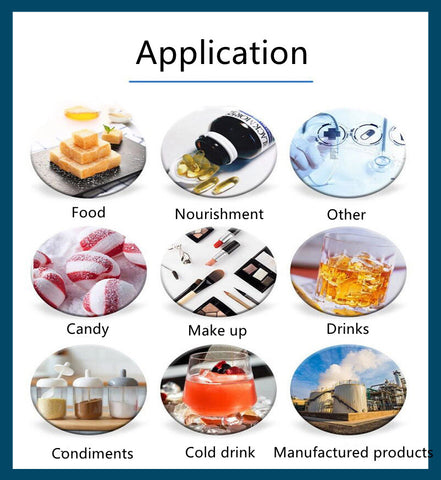Vitamin B6 (Vitamin B6), also known as pyridoxine, includes pyridoxine, pyridoxal and pyridoxamine. It exists in the form of phosphate ester in the body. It is a water-soluble vitamin that is easily destroyed by light or alkali. High temperature resistance. [1] In 1936, it was named vitamin B6. Vitamin B6 is a colorless crystal, easily soluble in water and ethanol, stable in acid solution, and easily destroyed in alkaline solution.
- Vitamin B6 includes Pyridoxine, Pyridoxal and Pyridoxamine, which can be transformed into each other and have the effect of
vitamin B6. The above three kinds of Chemicalbook exist in low concentration in egg yolk, meat, fish, milk, grains, seed coat,
beans, cabbage and other vegetables. Human intestinal bacteria can also synthesize vitamin B6, which is abundant in yeast, liver,
grains, meat, fish, eggs, beans and peanuts.
Product Name
Vitamin B6 powder
Color White
Form:Powder Form & Particle Form
Main Use
Food Additives, Health Care Supplement
Purity:99%
CAS 58-56-0
|
Product Name
|
Vitamin B6
|
|
Appearance
|
Colorless crystal
|
|
Molecular Formula
|
C10H16N2O3S
|
|
Molecular Weight
|
244.31
|
|
Melting Point
|
231-233 °C(lit.)
|
|
CAS NO.
|
8059-24-3
|
|
Storage Conditions
|
2-8°C
|
|
Water Soluble
|
Easily soluble in water and ethanol, insoluble in organic solvents such as ether.
|












